How to Use a Price Book to Save Money on Groceries
Keep a price book to manage your grocery bill
Cutting expenses in your budget doesn’t have to be difficult, confusing, or painful. It does, however, require more than just thinking about it. For starters, comparing prices is one simple exercise that can result in tremendous savings on everything you buy. For grocery shopping, it’s a matter of creating and using a price book to monitor sales cycles for items that you routinely purchase.
Tracking grocery store sales cycles requires consistency and commitment. The time it takes to jot down prices on a variety of items is minimal. To get any meaningful information from this you will want to track these prices for 6 to 8 weeks. That is the time frame of a typical sales cycle for many items that you purchase at chain grocery stores.
Once you see the pattern you will know just how much you should be paying for specific grocery items.
You are probably already taking advantage of the deals on seasonal produce. Well, combine those deals with what you learn about the sales cycles for things like pantry items, frozen foods, and paper products to start reducing your grocery bill. To take it a step further, factor in savings with coupons or rebates and you have created the perfect savings storm.
Make sure you are clipping digital coupons from your favorite grocery stores. Sign up for Ibotta, or Checkout51 to take advantage of valuable rebate offers.
Reconsider any brand loyalty that you might have before you start this project. See how the pricing fluctuates, what brands go on sale, and how often. Include generic or store brands in your tracking. Sometimes they are the best deal.
There’s a bit more information you need to gather before you start your price book. Let’s get started.
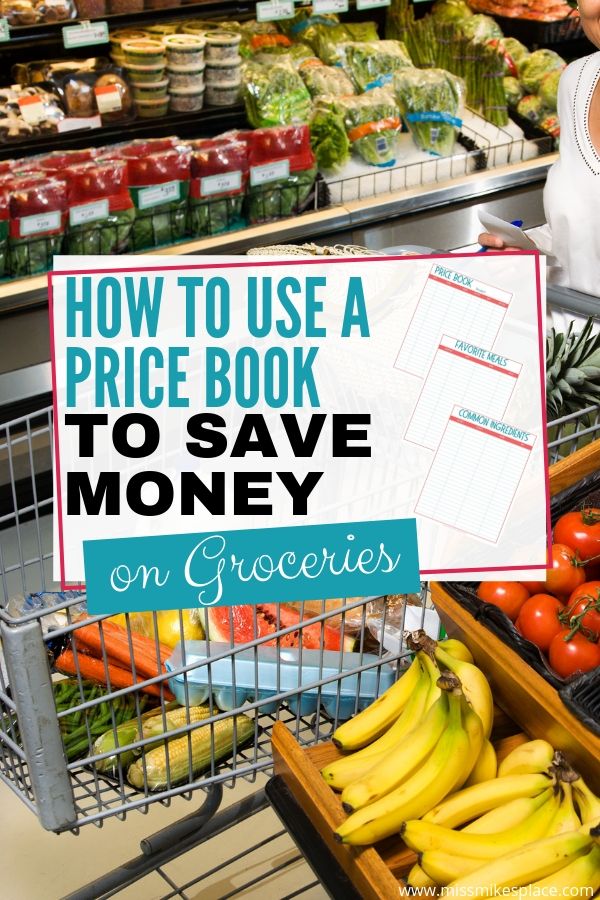
This page contains affiliate links to products I use, love, and recommend. See my full disclosure policy.
What foods does your family love?
Start by making a list of the meals that you prepare most often for your family and the products that you are ALWAYS buying.
What does your family ask for every week?
Or do you have a consistent plan for every day of the week, for example, Meatless Monday or Taco Tuesday? This is a great way to simplify meal planning and prep.
Every family has its favorites.
This list should include what is eaten at breakfast, lunch, dinner, and snacks.
What common items are used?
Gather your go-to recipes. Yeah, the well-used coffee-ringed, tomato-sauce spattered recipes. Use these to identify all of the foods you use every day including pantry items.
Make a list of the ingredients that are common to those meals. My list includes oatmeal, cereal, chicken thighs, ground beef, peanut butter and crackers, and yogurt.
Yours will look different but you will get an idea of the items that are probably always on your grocery list.
Breakfast in my house is almost always either cereal, overnight oats, or yogurt and fruit. After tracking cereal, oatmeal, and yogurt I know how much to buy, how often to buy, and what price I am willing to pay for it. I do combine sales with coupons and rebate offers to cut costs even more.
If you haven’t signed up with Ibotta yet, do it here. Do it now. Seriously. You might even get a $10.00 bonus after activating and redeeming your first offer. I can put about $20.00 per month back into my checking account on grocery rebates from Ibotta alone. If you shop online, you can find even more rebate offers.
If you do have a consistent meal plan it will be easy-peasy. When you find a rock-bottom price on an item used for these regular meals you should buy enough for 1-2 months. As long as you can reasonably store it, of course.
You can create a price comparison spreadsheet in Excel or Google Docs. Or make notes in a notebook. OR download the free tracking sheets that I have created. I have included a price book sheet that you can copy as many times as you need to track individual items or categories. I keep mine in an inexpensive 3-ring binder along with my coupons.

What do you spend on these items?
Once you have a list of 10-15 items that you buy regularly it’s time to start tracking the price of those items. A good place to start is with recent grocery store receipts. Use upcoming sales flyers from your regular grocery store. You can find this info online if you haven’t picked up a paper copy from the store. If you purchase grocery or household items from Amazon be sure to include the pricing for those items.
If you find Amazon has a lower price on items that you use all of the time consider setting up a recurring order with Subscribe and Save. Sign up for a free 30-day Amazon Prime membership if you are not yet a member of Amazon Prime. I do this with cat food, Amazon has a consistently lower price for Iams than I can find locally. My cats convinced me to remain loyal to Iams.
You can use a single sheet for each item or each category if it doesn’t include too many variations. I use a single sheet for chicken even though I record the price of thighs, breasts, leg quarters, etc. The same for paper products. I use one sheet to record pricing for paper towels, toilet paper, and tissues. These things typically go on sale at the same time and it’s convenient to have the information in one place.
The trick is to find the absolute lowest prices on those items that you buy frequently, and which store offers these deals. When you nail that down stock up on it at the rock bottom price and have enough on hand to last until the next time the price drops.
Don’t buy more than you can safely store or will use in a reasonable time.
After watching these sales cycles for a couple of months you will know when you are getting the best price.
Don’t worry about running out, another sale is just around the corner.
How to use a price book
Follow these easy instructions for setting up your price book. Maintain it for 6-8 weeks and you will see the sale cycles for the items you purchase most often.
Set up your notebook with your Favorite Meals page, Common Ingredients page, and 10-15 Price book pages to cover the items you are going to be tracking.
Start by noting the date of purchase, the store where it was purchased, the brand, the package size, the price, and finally the unit cost.
To determine the unit price simply divide the price by the number of units. The unit will vary by item and might be ounces, servings, rolls, or sheets.
So if you paid 1.45 for 16 oz of pasta – 1.45/16=.09 – the unit price is 9¢ per oz.
If you paid $7.49 for 12 rolls of toilet paper – 7.49/12=.624¢ per roll.
I prefer to use the square foot unit for toilet paper because not all rolls are created equal.
In this case, 12 rolls of toilet paper equal 1257.6 sq. ft.
7.49/1257.6=.006 per sq. ft.
Toilet paper priced under 1¢ per sq. ft. is a good deal! Stock up on it.
Keep a record of the prices you see for each item that you are tracking even if you aren’t buying it. You want to see the fluctuation in price for 6-8 weeks to understand the sales cycle.
Use the unit that would give you the most accurate pricing. For example, for toilet tissue don’t be fooled by the number of rolls, use the number of sheets or the square foot measurement on the package.
Some brands of toilet paper just don’t add up to a good price when you look at how much product is actually on that roll!
Be consistent
It’s important to be consistent with the unit you use to capture the most accurate unit cost.
Meats and vegetables are usually sold by weight but pay attention to packaging trickery that would suggest a lower price. Prepared foods are a prime example. Take a look at the price of salmon. I can usually get wild-caught salmon at my local Kroger for $7.99/lb. Sea Cuisine has a package of seasoned salmon (and they are so good) priced at $6.99. But it’s for a 10.5 oz package. That would add up to a per/lb price of $10.65.
That’s way above the price I consider to be normal. Now, if they were on sale, I had coupons, and there were rebate opportunities I could probably get that down to a stock-up price for salmon.
It’s important to compare apples to apples.
How do you get the best deals on groceries?
1) Use your price book
Determine where you can find the best prices on what items.
It’s not likely that you will find the lowest prices in one store. So what can you do? Once you’ve established which store has the lowest price on what items, alter the way you shop. Plan your grocery shopping trips around more than one store.
2) Stockpile
Stockpiling is key to having (almost) everything you need at rock bottom prices. Stockpiling does not mean hoarding all of the free Twinkies that you got at Target. It means stocking up on the things that are at rock bottom prices so that you don’t buy those items for weeks. Each week you will find something else to stockpile. In effect, you will not pay full price for anything. This will take a few weeks to accomplish and it doesn’t have to cost extra money. Try it with one or two items per week.
Pay attention to the items that you can routinely get free by combining a sale with a coupon or a rebate. I frequently see toothpaste, shampoo, and conditioner, pasta, and sauces absolutely free. If you are not bound by brand loyalty you can start a stockpile for practically no money at all.
3) Shop seasonally
Stock up on seasonal fruit and vegetables and freeze what can’t be eaten right away in meal-size quantities. Many produce items will freeze just fine and you can pull out what you need for a meal at a time. I love having blueberries in the freezer to add to my yogurt or to make blueberry muffins or pancakes when the mood strikes.
Let me know if this strategy of using a price book has helped you save money on groceries.
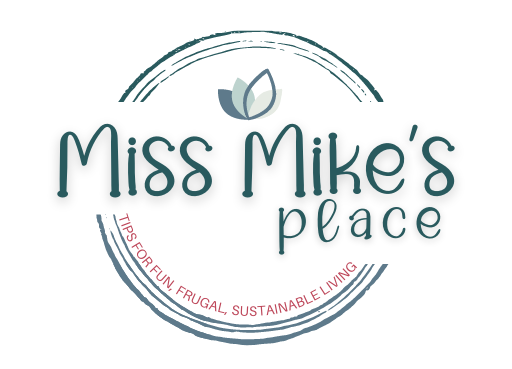
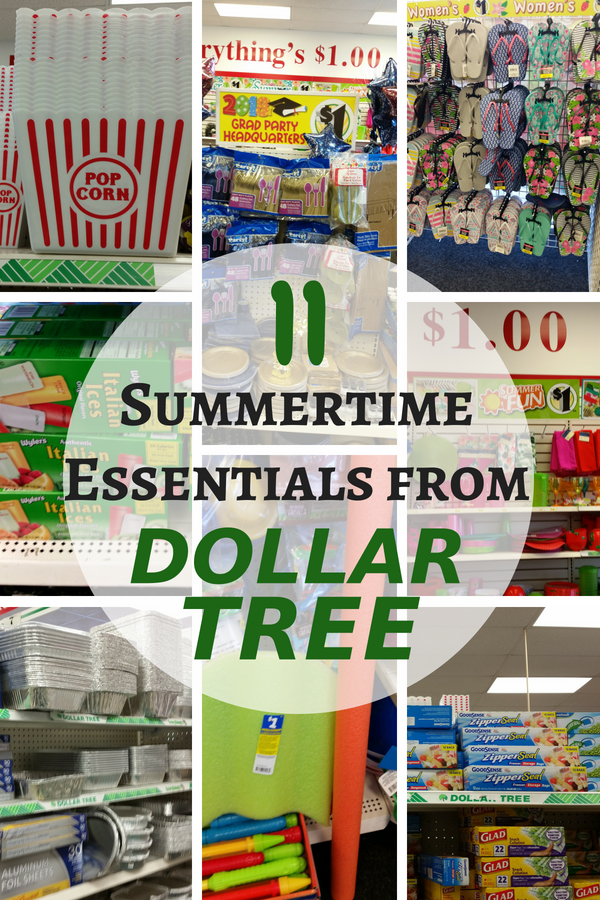


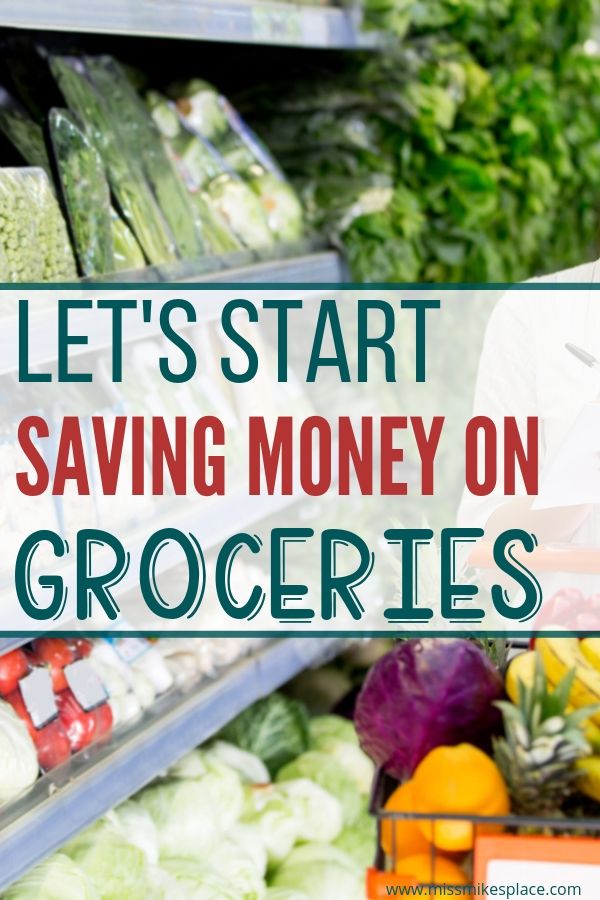
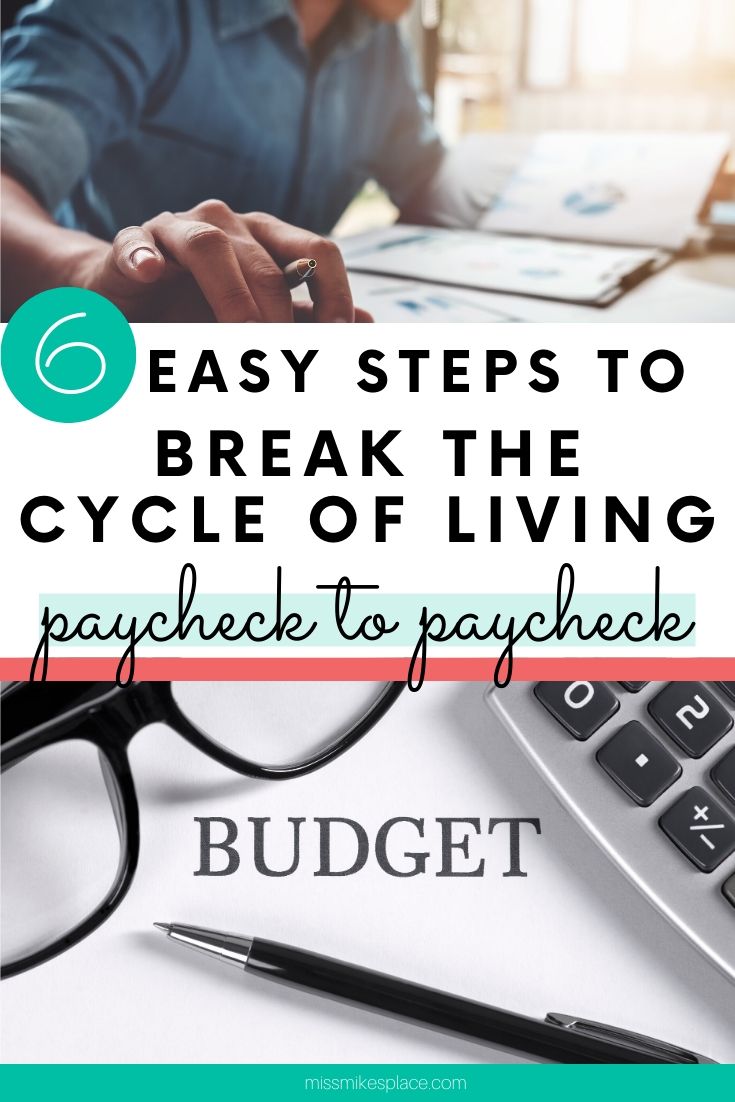
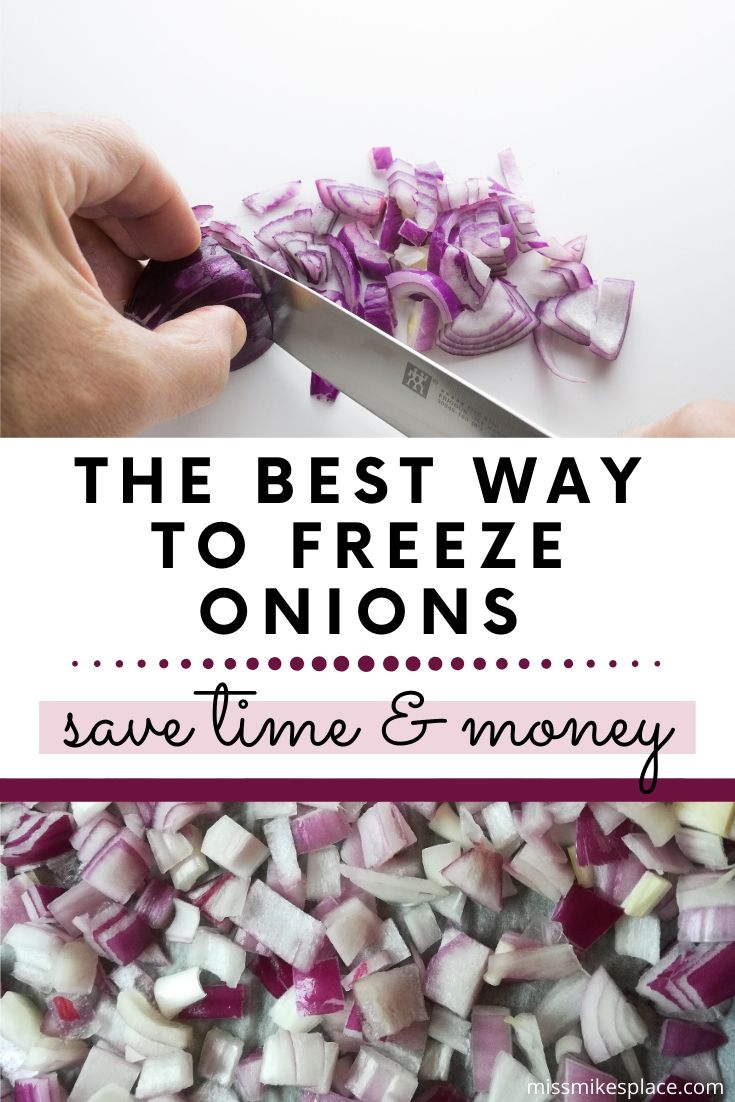
What a great idea! I’ve never even considered that there would be a pattern in sales. So smart. Do you think this works for online grocery shopping retailers like Amazon Fresh, Fresh Direct, etc., also?
Good question, Kristen. They periodically run their own promotions, but I haven’t seen a regular sales cycle that we can track like we can with a chain grocery store.